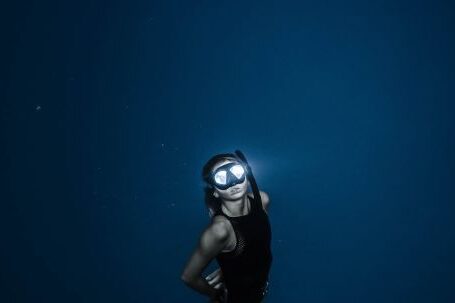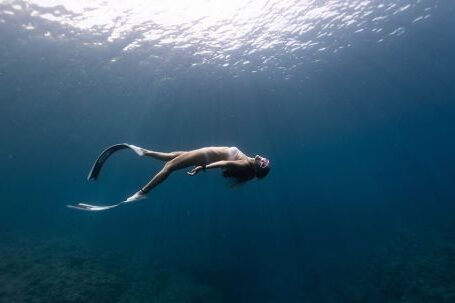Underwater photography is a captivating art form that allows us to explore the hidden wonders of the underwater world. One of the most effective techniques to capture the vastness and beauty of this environment is by using wide-angle shots. In this article, we will discuss some essential tips and techniques to help you create stunning wide-angle shots underwater.
Choosing the Right Equipment
To achieve impressive wide-angle shots underwater, it is crucial to have the right equipment. Firstly, you will need a wide-angle lens specifically designed for underwater photography. These lenses have a wider field of view, allowing you to capture more of the scene in a single frame. Additionally, invest in a sturdy underwater housing for your camera to ensure its protection and functionality at greater depths.
Optimizing Lighting
Lighting plays a vital role in underwater photography, especially when capturing wide-angle shots. The deeper you go, the less natural light is available. Therefore, it is important to bring your own light source. Using underwater strobes or video lights can help illuminate the scene and bring out the vibrant colors of the underwater world. Position your lights strategically to avoid harsh shadows and ensure even lighting across your frame.
Mastering Composition
Composition is key in creating stunning wide-angle shots underwater. The key is to find a captivating subject and position yourself to emphasize its grandeur and scale. Look for interesting foreground elements such as corals, rock formations, or marine life that can add depth and dimension to your shot. Experiment with different angles and perspectives to create a visually compelling composition.
Getting Close and Low
When shooting wide-angle underwater, it is important to get as close to your subject as possible. Water acts as a natural magnifier, making objects appear smaller and farther away. By getting close, you can capture more detail and create a more immersive experience for the viewer. Additionally, positioning yourself lower than the subject can help create a sense of depth and showcase the vastness of the underwater environment.
Controlling Depth of Field
Controlling the depth of field is crucial when shooting wide-angle underwater. To create a sharp and well-defined subject, use a smaller aperture (higher f-stop) to increase the depth of field. This will ensure that both your foreground and background are in focus. However, be mindful of the trade-off between depth of field and the amount of light entering your camera. Adjust your ISO and shutter speed accordingly to maintain a well-exposed image.
Capturing Action and Movement
Wide-angle shots underwater offer a unique opportunity to capture the dynamic and fluid nature of marine life. Look for opportunities to capture action and movement, such as schools of fish, sea turtles, or other fast-moving creatures. Use a faster shutter speed to freeze the action and ensure sharpness. Experiment with different techniques, such as panning or capturing motion blur, to add a sense of drama and energy to your shots.
Post-processing for Impact
Post-processing is an essential step in creating stunning wide-angle shots underwater. Use editing software to enhance colors, adjust exposure and contrast, and remove any unwanted distractions. However, be mindful of maintaining a natural and realistic look. Avoid excessive editing that can make your images appear overprocessed or artificial.
In conclusion, creating stunning wide-angle shots underwater requires the right equipment, attention to composition, and a good understanding of lighting and depth of field. By following these tips and techniques, you can capture the awe-inspiring beauty of the underwater world and create images that leave a lasting impression on viewers. So, grab your gear, dive into the depths, and unleash your creativity to capture breathtaking wide-angle shots underwater.





